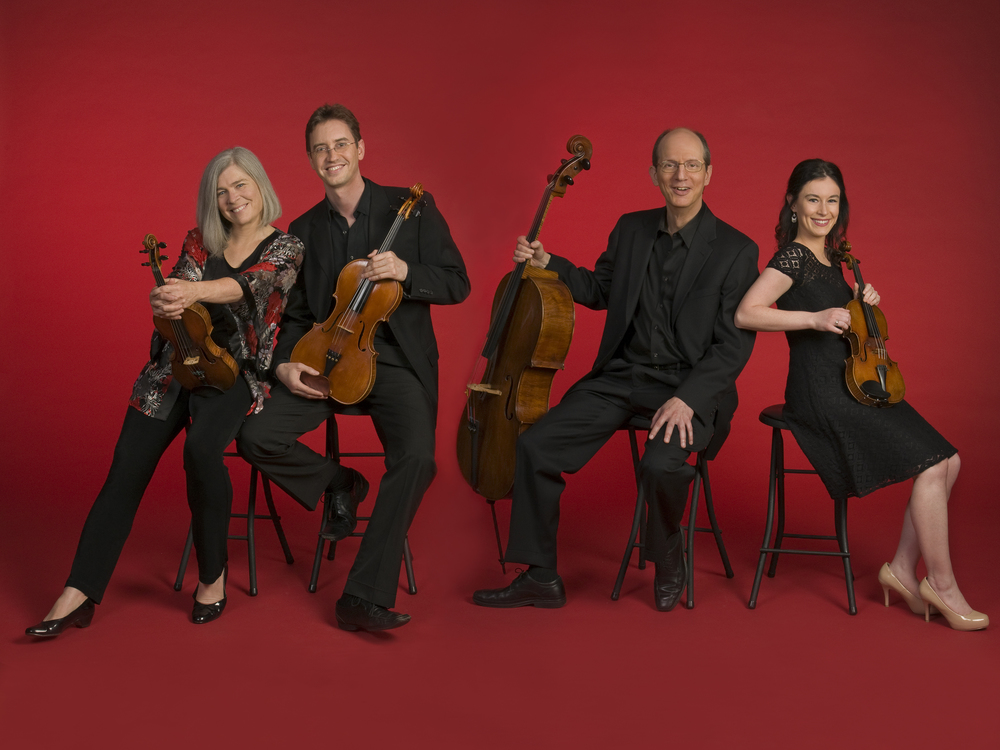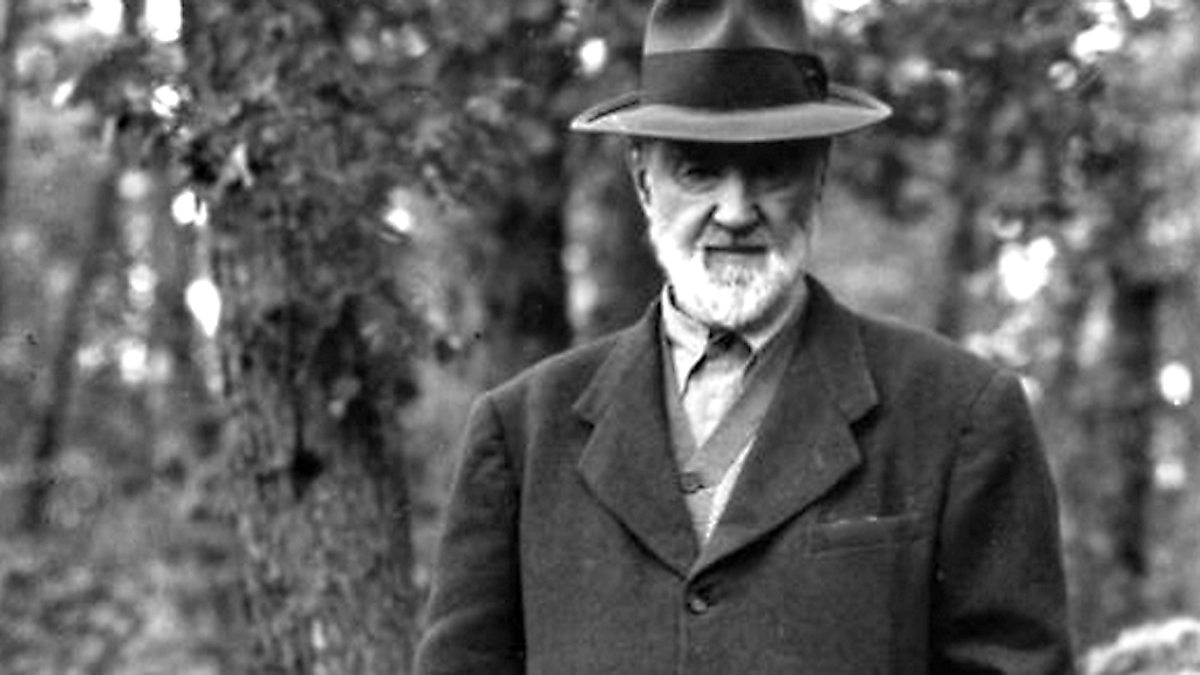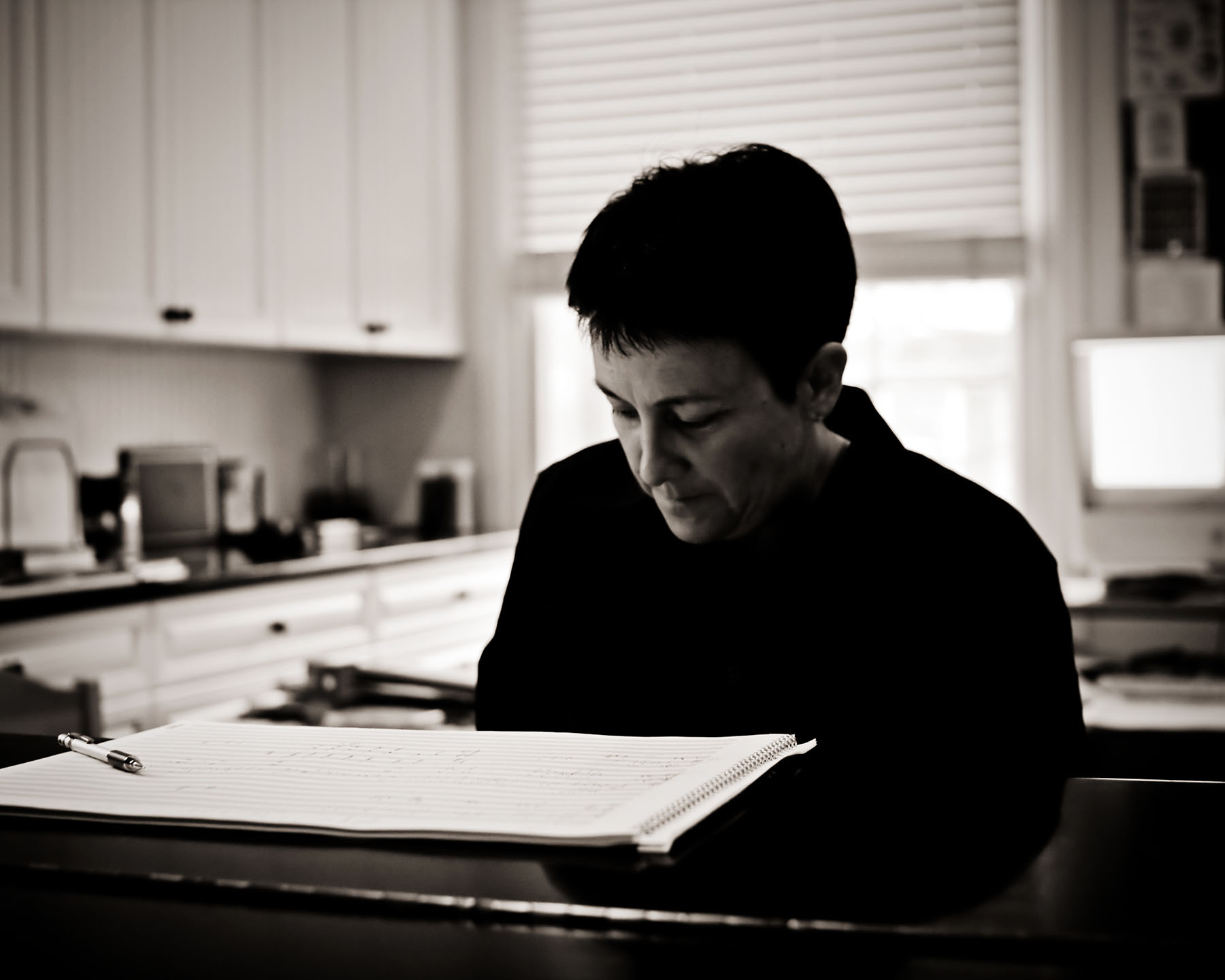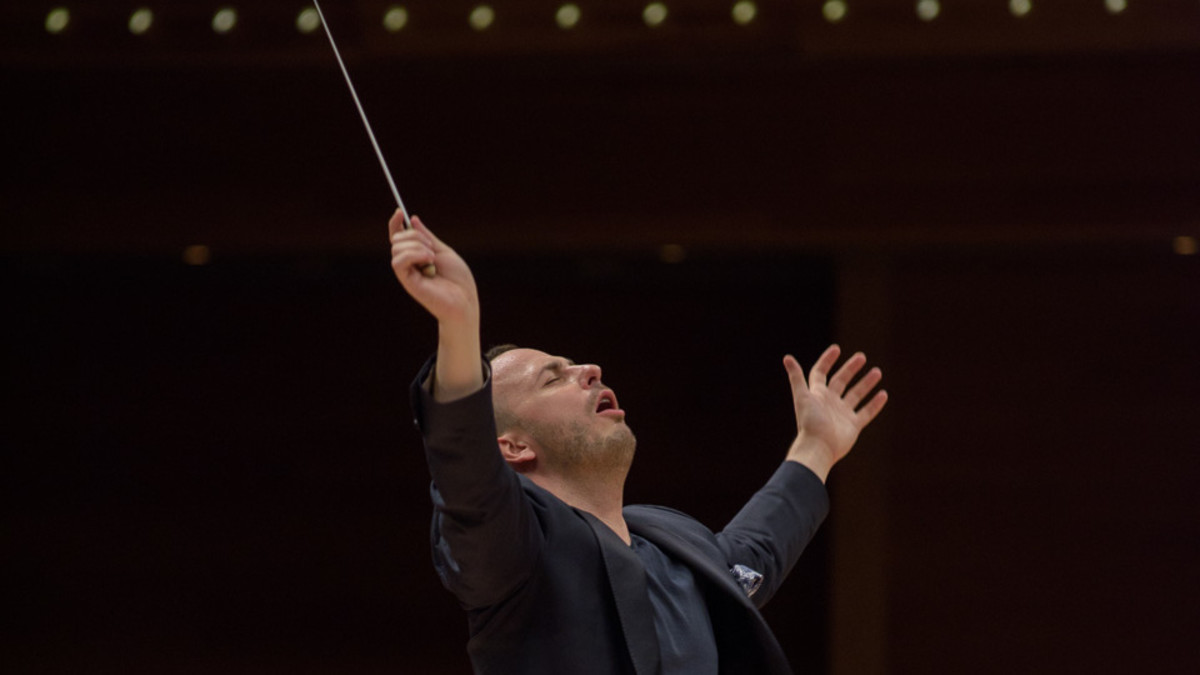A Ravel Snapshot with the Lydian String Quartet
The Boston-based Lydian String Quartet has a new first violinist. Andrea Segar recently succeeded Daniel Stepner, who served as the Quartet’s first violinist for 29 years. Segar was a student of Donald Weilerstein (former first violinist of the Cleveland Quartet) at New England Conservatory, and Philip Setzer (a founding member of the Emerson String Quartet) and Soovin Kim at SUNY Stony Brook. Last week, the Lydian Quartet posted this informal rehearsal clip featuring the …







